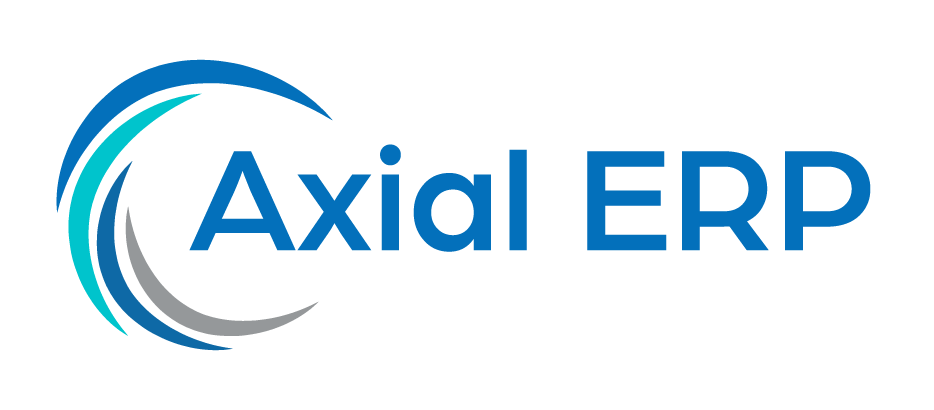Strategies for Long-Term Success and User Adoption in ERP Systems
The implementation of an enterprise resource planning (ERP) system represents a significant investment in time and resources for any organization. The success of these systems depends not only on the underlying technology but also on the adoption and effective use by end users. Below, we will explore key strategies to ensure long-term success and user adoption in ERP systems.
Understanding ERP Systems
Before diving into the strategies, it is important to understand what an ERP system is. An ERP integrates key business processes into a single platform, facilitating data and resource management, improving operational efficiency, and providing a unified view of the organization.
Strategic Planning and Clear Objectives
Strategic planning is essential for ERP success. Clear objectives help align the project with the company’s vision and define the system’s scope. Defining KPIs and measuring ROI are crucial for evaluating the project’s success.
Choosing the Right ERP System
The selection of an ERP should be based on the organization’s specific needs. It is important to consider scalability, customization, and compatibility with existing technologies. The involvement of all stakeholders in this process is crucial.
Focus on the Change Process
Implementing an ERP involves significant changes in processes and work routines. A focus on change management is vital to prepare the organization for the transition, minimize resistance, and ensure system adoption.
Training and Ongoing Support
Proper training is one of the pillars for ERP adoption. Ongoing support and training should be accessible to ensure that users can effectively use the system and adapt to updates or changes.
User Participation and Communication
Effective communication with end users is crucial to understand their needs and concerns. User participation in the implementation process and decision-making fosters acceptance and commitment to the system.
Monitoring and Continuous Improvement
Monitoring the performance and functionality of the ERP allows for identifying areas for improvement. A continuous improvement strategy ensures that the system evolves with the company’s needs and market trends.
Security and Regulatory Compliance
Data security and compliance with regulations are critical aspects of ERP management. It is necessary to establish security policies and ensure that the system complies with applicable regulations to protect business information.
Data Analysis and Informed Decision-Making
An ERP should facilitate data analysis and provide valuable information for decision-making. The ability to generate reports and visualizations helps business leaders better understand the organization’s performance.
Integration and System Flexibility
The ability to integrate the ERP with other systems and applications is essential to maximize its value. Flexibility to adapt to technological and business changes ensures that the system remains relevant and useful over time.
Conclusion
The successful implementation of an ERP and its adoption by users requires a well-planned strategy that spans from system selection to training and continuous improvement. User involvement, change management, and a focus on data analysis are key elements to achieve an ERP that contributes to the organization’s long-term growth and success.



